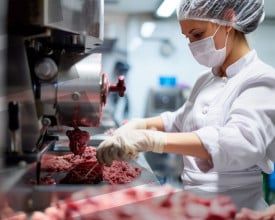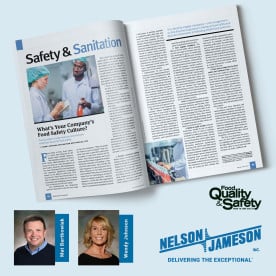Monthly Archives: July 2012
- July 25, 2012
Recent CDC reports have shown a 23% general decrease in the number of incidences of food poisoning involving six main bacteria. Campylobacter, Listeria, Salmonella, Shiga-toxin producing E. coli O157, Yersinia and Vibrio collectively dropped when numbers from the late 90s were measured against numbers from 2010. Such a decrease in percentage is encouraging to some experts and critics, but the number, according to some other sources may not be as promising as it first appears. Why is this the case? Apparently, the quantitative measurement has quite a bit of qualitative data behind it that is driving the debate.
There are a few considerations that should be taken into account when looking at these numbers. Opposed to a knockout win for American food safety, Douglas Powell, a professor of food safety at Kansas State University states that the numbers indicate some mixed results: "For every step forward, there's a few steps back." A report from
- July 11, 2012
We all understand risk. We take a risk each day we get into the driver’s seat of our car. We take a risk when we start up the mower to cut the grass. However, we fasten our safety belt and put the phone down when we get into the car; we wear durable shoes and eye protection when we mow. This allows one to, at least, help minimize the risk involved. The same reality exists in the food and dairy industry workplace, and a key to preventing employee injury in these facilities is to have a standardized lock-out/tag-out program.
“Lock-out” and “Tag-Out” (LOTO) programs, for those that may not know, are programs to prevent unexpected startups of machinery and/or the release of hazardous energies during day-to-day operations and maintenance. This is done with easy-to-see locks and/or tags that prevent the use of specific machines and operations. The simple ability to alert all personnel to work being done and to indicate parts of an operation that need to remain untouched is cited as preventing “an estimated 120 fatalities and 50,000 injuries each year”.
One only has to do a quick search in general news and trade publications to see that the system is far from universally implemented. Companies continue to draw undesirable headlines discussing steep fines, safety violations, and the loss of life and limb for workers in these environments. Some of these headlines are due to outright negligence; they can also be the result of a lack of proper awareness and training.





